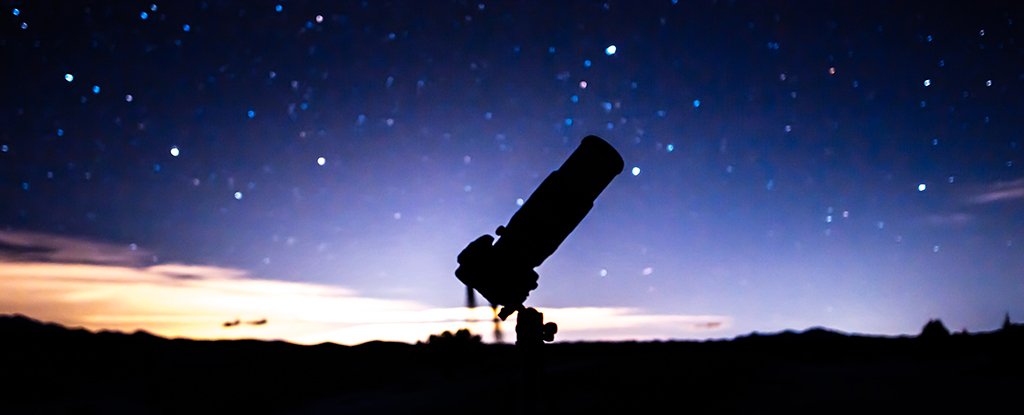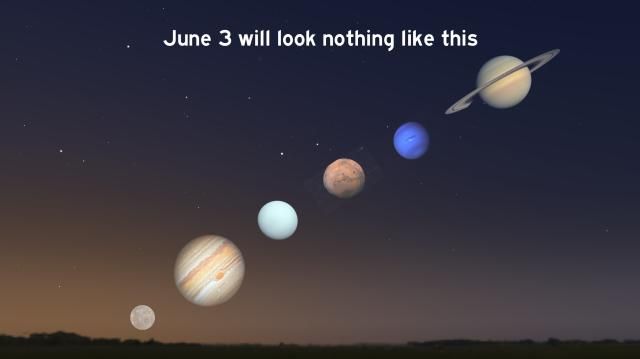
On the mornings of June 3 and 4, 2024, an extraordinary astronomical event will take place in the sky: a rare alignment of six planets. Mercury, Mars, Jupiter, Saturn, Uranus, and Neptune will appear in a line extending up from the horizon before sunrise. This celestial display is not as uncommon as it may seem; it occurs several times each year.
However, this alignment is not particularly special for several reasons. Only Mars and Saturn will be visible to the naked eye, while Mercury and Jupiter are too close to the Sun and too close to the horizon before dawn for the next several weeks. Uranus and Neptune are also too far away from Earth to be seen without a sizable telescope.
Despite this, it is still an impressive sight that can be enjoyed with minimal effort. To view the alignment, look towards the eastern horizon about 20 minutes before sunrise on June 3 or 4. The planets will stretch from the low eastern horizon, with Saturn closest to it and Mars following closely behind.
If you miss this alignment or prefer a more convenient viewing time, consider marking your calendar for August 24-31, 2024. During this period, Jupiter will rise high enough above the horizon to join Mars and Saturn in the southeastern sky. Alternatively, from mid January 2025 to mid February, Venus, Mars, Jupiter, and Saturn will be visible in the evening sky.


_c0e1770e-894f-47cb-a74b-0944c4c4fea9.jpg)
